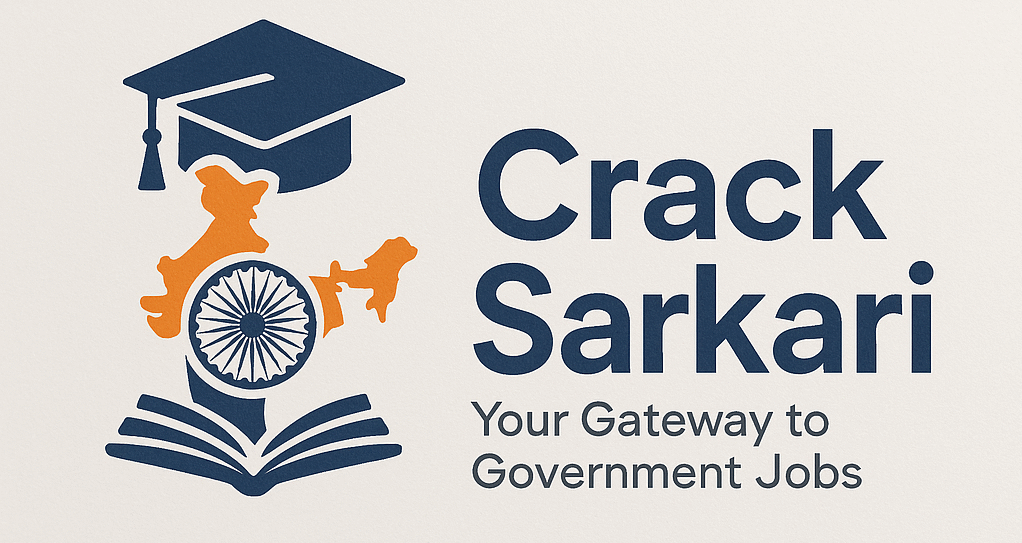The Pradhan Mantri Jan Dhan Yojana (PMJDY), launched on August 28, 2014, by Prime Minister Narendra Modi, has become one of the most successful financial inclusion programs in the world. Recently, the Prime Minister emphasized how the scheme has transformed the lives of millions across India by giving them access to the formal banking system, empowering women, farmers, small traders, and marginalized sections of society.
Over the years, Jan Dhan Yojana has not only provided every household with a bank account but also laid the foundation for India’s digital financial revolution. It is a program that truly represents the vision of “Sabka Saath, Sabka Vikas.”
The Vision Behind PMJDY
Before 2014, a significant portion of India’s population was excluded from the formal banking system. People in rural and remote areas often depended on moneylenders, leading to financial exploitation. Understanding this gap, Prime Minister Modi launched PMJDY with a clear goal:
- To ensure every Indian has access to a bank account.
- To encourage savings and financial discipline.
- To provide direct access to government subsidies and benefits.
The scheme started with the mission of “Banking the Unbanked”, and within a short period, it made history by opening over 18 crore bank accounts in less than a year.
Achievements of PM Jan Dhan Yojana
- World’s Largest Financial Inclusion Program
PMJDY entered the Guinness World Records for opening the most bank accounts in a single week. As of 2025, more than 52 crore Jan Dhan accounts have been opened, showing its massive reach. - Financial Empowerment of Women
Over 55% of these accounts belong to women, giving them financial independence and dignity. Women in villages now have direct access to subsidies, pensions, and financial aid. - Direct Benefit Transfers (DBT)
With Jan Dhan accounts linked to Aadhaar and mobile numbers, government subsidies for schemes like LPG (Ujjwala Yojana), MNREGA wages, and pensions reach beneficiaries directly. This reduced middlemen and corruption drastically. - Insurance and Pension Benefits
Every Jan Dhan account holder gets a free ₹1 lakh accident insurance cover (later increased to ₹2 lakh) and a ₹30,000 life insurance cover. Additionally, beneficiaries can access pension schemes like Atal Pension Yojana. - Boosting Digital India Movement
Jan Dhan accounts laid the foundation for digital payments and UPI transactions. Even small shopkeepers and farmers now use digital platforms for everyday transactions, creating a more transparent financial system.
How PMJDY Changed Everyday Lives
- Farmers: Earlier dependent on moneylenders, farmers now receive crop subsidies and crop insurance directly in their accounts, helping them avoid debt traps.
- Women in Rural Areas: Housewives and mothers now manage their own savings. During the COVID-19 pandemic, millions of women received direct cash transfers into their Jan Dhan accounts, proving how crucial the scheme is in emergencies.
- Small Traders & Laborers: Migrant workers and daily wage earners now save money safely and send it to their families through bank accounts without extra charges.
- Students & Youth: Scholarships are directly deposited into students’ accounts, ensuring transparency and encouraging higher education.
Prime Minister’s Words on PMJDY
While addressing the nation, Prime Minister Modi highlighted that PM Jan Dhan Yojana is not just a scheme but a movement to empower the poor and marginalized. He emphasized that financial inclusion has become a strong pillar for India’s development story, giving every citizen the confidence to participate in the nation’s progress.
According to the PM, this initiative has “transformed the mindset from financial exclusion to financial empowerment.” The availability of easy credit, insurance, pension, and savings opportunities under PMJDY has truly brought a socio-economic revolution.
Economic Impact of Jan Dhan Yojana
- Increased Savings Rate
With crores of new accounts, India’s savings culture has expanded, strengthening the banking sector. - Financial Literacy
People, especially in rural areas, are now learning how to use ATMs, digital payments, and mobile banking. - Credit Access for All
Beneficiaries can avail overdraft facilities of up to ₹10,000, helping small businesses grow. - Reduced Leakages in Subsidy Transfers
Government programs now reach genuine beneficiaries directly, saving billions of rupees that were previously lost due to corruption.
Future Goals of PMJDY
The government aims to further strengthen PMJDY by:
- Promoting financial literacy among rural populations.
- Expanding access to digital banking services in villages.
- Ensuring universal coverage of insurance and pension schemes linked with Jan Dhan accounts.
- Encouraging small businesses and self-help groups to benefit from easy credit facilities.
Conclusion
The Pradhan Mantri Jan Dhan Yojana has truly revolutionized India’s financial landscape. What started as a mission to open bank accounts has now become a movement of financial freedom, digital empowerment, and inclusive growth. The Prime Minister’s vision to bring the poor into the mainstream of India’s economy has been fulfilled to a large extent through PMJDY.
As India moves towards becoming a $5 trillion economy, schemes like Jan Dhan Yojana will continue to play a crucial role in making sure that no citizen is left behind.
Q1. What is the main benefit of PM Jan Dhan Yojana?
The main benefit is financial inclusion, ensuring every household has access to a bank account along with insurance, credit, and pension facilities.
Q2. How has Jan Dhan Yojana helped women?
Over half of Jan Dhan accounts belong to women, giving them financial independence, direct access to subsidies, and security for their future.
Q3. Why is PMJDY considered a financial revolution in India?
Because it has connected over 52 crore people to the banking system, eliminated middlemen in subsidy transfers, boosted digital transactions, and empowered rural as well as urban populations.
